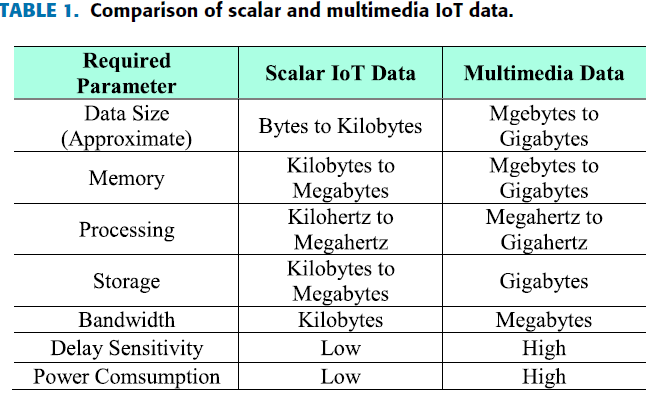The amalgamation of the physical and digital world over the traditional Internet paved the way for the future Internet of Things (IoT). IoT is envisaged as the network model to fill the gap between the cyber and physical world.
The core concept of the IoT is to connect the pervasive objects around us, such as Radio Frequency Identification (RFID) tags, mobile devices, sensors and actuators to the Internet through a wired or wireless network.
Hence, it enables the objects to interact with each other and their neighbors to enhance the efficiency of the system.
Several researchers have defined IoT in various contexts: ‘‘The integration of tiny devices known as Smart Objects (SO), usually battery operated equipped with a Microcontroller (MCU) and transceivers into the global Internet.
The services offered by these smart objects are known as Smart Services (SS). IoT has created new opportunities for machines to communicate with each other and extend the offered applications.
Currently, 23 billion devices are connected to the Internet, and these numbers will stretch to 30 billion by 2020. Conventionally, IoT was assimilated relatively in data sensing devices, particularly in the Machine to Machine (M2M) environment.
Vigorous growth in the connected devices to the Internet during the last decade and abrupt demand for multimedia traffic has given rise to the emergence of the Multimedia Internet of Things (M-IoT).
The equilibrium between QoS data and best-effort data is now in transit towards an increase in multimedia QoS data.
Currently, IoT is an assortment, comprising of M2M, Human-to-Machine (H2M), Human-to-Human (H2H), and Machine in/or Humans (MiH) communications (MiH devices may include human embedded chips, medical monitoring probes, and Global Positioning System (GPS)).
M-IoT smart objects are usually resource-constrained, in terms of energy, memory storage, and processing power.
To make the devices smaller, cost-effective and energy efficient, sensors are usually designed to be battery operated or solar powered with only a few kilobytes of memory, and limited processing power in megahertz.
Multimedia QoS data shows antagonistic behavior as compared to emblematic IoT scalar data. M-IoT devices require higher bandwidth, bulky memory resources, and higher computational power to analyze and process the procured multimedia data.
Table 1 shows the difference between scalar and multimedia IoT data. The traditional multimedia application involves the data transmission of point-to-point, point to multipoint, or multipoint to multipoint.
On the contrary, M-IoT applications require immense data transmission during multipoint-to-point communication (e.g., the surveillance system of the entire smart city) or multipoint-to-multipoint.
Dynamic network, heterogeneous data, higher throughput, QoS, and delay sensitivity over such resource-constrained M-IoT smart objects escalates the challenges for M-IoT.
Multimedia data i.e., audio, image, and video is set of unstructured features. Transmission of such bulky and unstructured data over bandwidth and computationally scarce network requires efficient and intelligent network topology.
The addition of multimedia data acquisition and communication requires revision and amplification of the traditional IoT system, which we refer to as M-IoT.
The revision of IoT for multimedia communication requires efficient feature extraction, event processing, encoding/decoding, energy aware computation, lightweight and priority-based routing, QoS and QoE maintaining performance metrics, effective channel access, and fair-MAC protocols. read full pdf here







